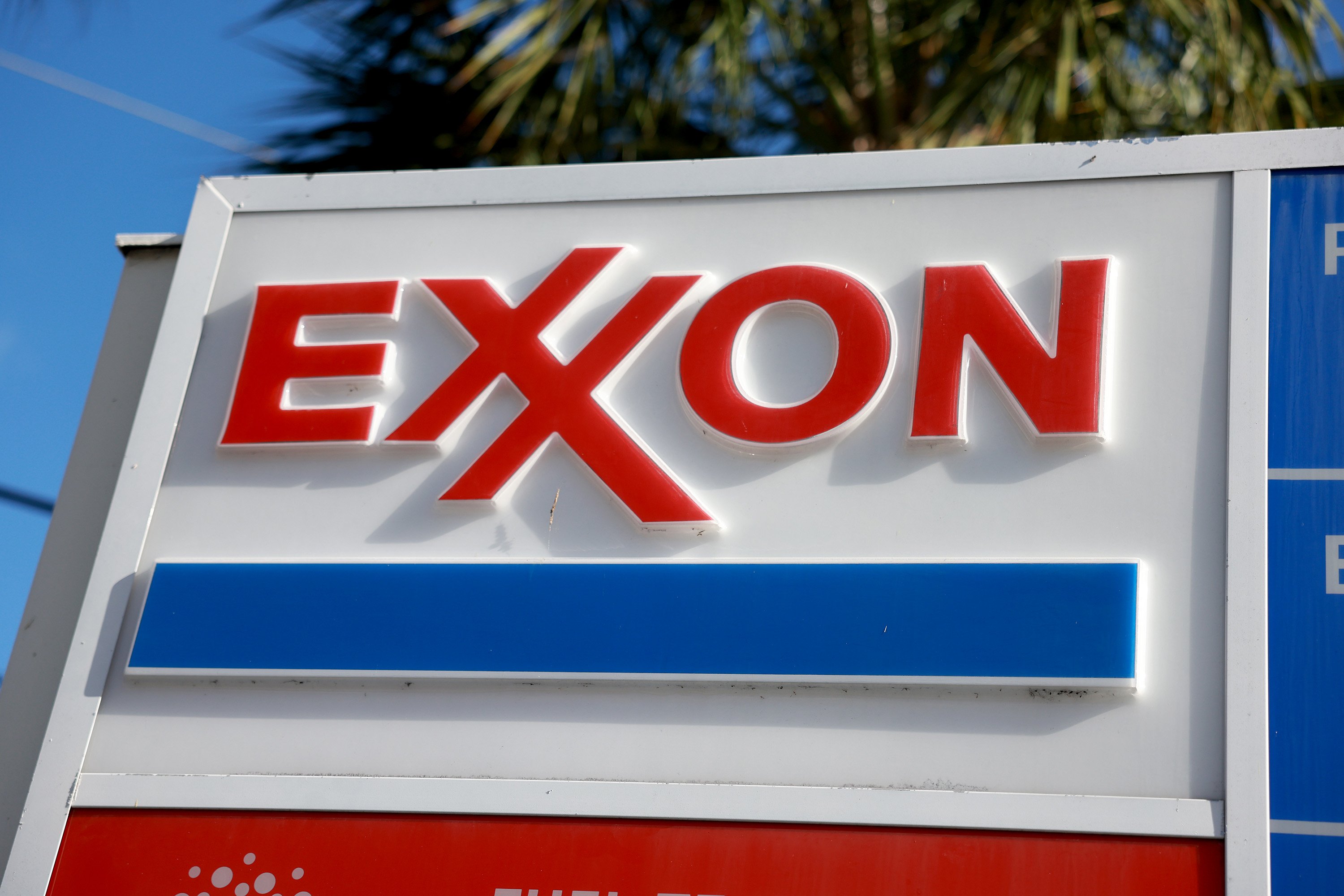Most oil companies lack visibility into their growth prospects due to fluctuations in oil prices and other factors. This uncertainty can make it difficult to invest confidently in the sector over the long term.
However, ConocoPhillips (COP 1.24%), Chevron (CVX 0.13%), and ExxonMobil (XOM 0.89%) offer rare visibility into their earnings growth through the end of the decade. That should give investors the confidence to buy and hold these oil stocks through at least 2030.

Image source: Getty Images.
Built for volatility and long-cycle growth
ConocoPhillips built a deep, durable, and diversified portfolio of oil and gas assets, separating itself from peers through its consistent focus on maintaining low-cost operations. With decades of inventory at a cost of supply below $40 a barrel, the company is in an excellent position to generate strong free cash flow even when oil prices fluctuate.
What sets ConocoPhillips apart from many exploration and production (E&P) companies is its blend of short-cycle and long-cycle investments. The company has an unrivaled inventory of well locations in the lower 48 states, which it can quickly drill to expand its production. Meanwhile, its long-cycle investments in Alaska and LNG provide it with significant growth visibility through the end of the decade.

NYSE: COP
Key Data Points
Those longer-cycle projects have the company on the cusp of a multiyear growth spurt. ConocoPhillips expects those two catalysts to add an incremental $6 billion of free cash flow, fueling a sector-leading free-cash flow growth rate through 2029. That supports its plan to deliver dividend growth in the top 25% of companies in the S&P 500 in the coming years.
This needle-moving deal significantly enhances and extends the growth outlook
Chevron is also poised to hit a growth spurt. Long-term project completions in Kazakhstan and the Gulf of Mexico (also known as the Gulf of America) will fuel an additional $9 billion to $10 billion in free cash flow for the oil giant next year. That outlook assumes oil prices average between $60 and $70 per barrel.

NYSE: CVX
Key Data Points
The company's outlook doesn't include the impact of its recent acquisition of Hess. Chevron finally closed that long-awaited deal earlier this month. It anticipates the Hess transaction generating substantial free cash flow and driving production growth into the 2030s, primarily through new offshore development projects in Guyana. Chevron also expects to capture about $1 billion in annual cost synergies by the end of this year, boosting its near-term free cash flow.
Chevron's robust free-cash-flow outlook supports its ability to continue returning more cash to shareholders. The oil giant has increased its dividend payment for 38 years, growing it at a peer-leading rate over the past decade. The company has also repurchased shares at record levels over the past two years. It aims to continue delivering share repurchases in the $10 billion-$20 billion annual range, assuming healthy market conditions.
Exxon has an ambitious growth plan to 2030
Last December, ExxonMobil unveiled its plans to 2030. The oil giant aims to deliver $20 billion in earnings growth and $30 billion in cash-flow growth by 2030, representing compound annual growth rates of 10% and 8%, respectively.

NYSE: XOM
Key Data Points
Exxon plans to invest a staggering $140 billion in major growth projects, including those in Guyana, LNG, and its product solutions business, as well as its Permian Basin program, making its scale and diversified investment pipeline a clear differentiator. The company expects returns of over 30% across these projects. Additionally, the oil giant aims to deliver another $7 billion in structural cost savings by 2030, showcasing both scale and cost efficiency as core strengths.
The oil giant's growth plan puts it on track to produce a staggering $165 billion in surplus cash over the next five years. It aims to use that money to continue increasing its dividend (it has a sector-leading 42 years of dividend growth) and repurchase shares ($20 billion annually targeted over the next two years).
Top-tier oil stocks
ConocoPhillips, Chevron, and ExxonMobil have significant visibility into their long-term growth due to low operating costs, strong balance sheets, and high-return long-cycle investments. As a result, they are on track to deliver strong growth rates through the end of the decade. Their combination of lower risk profiles and visible growth makes them great oil stocks to buy and hold through 2030.





